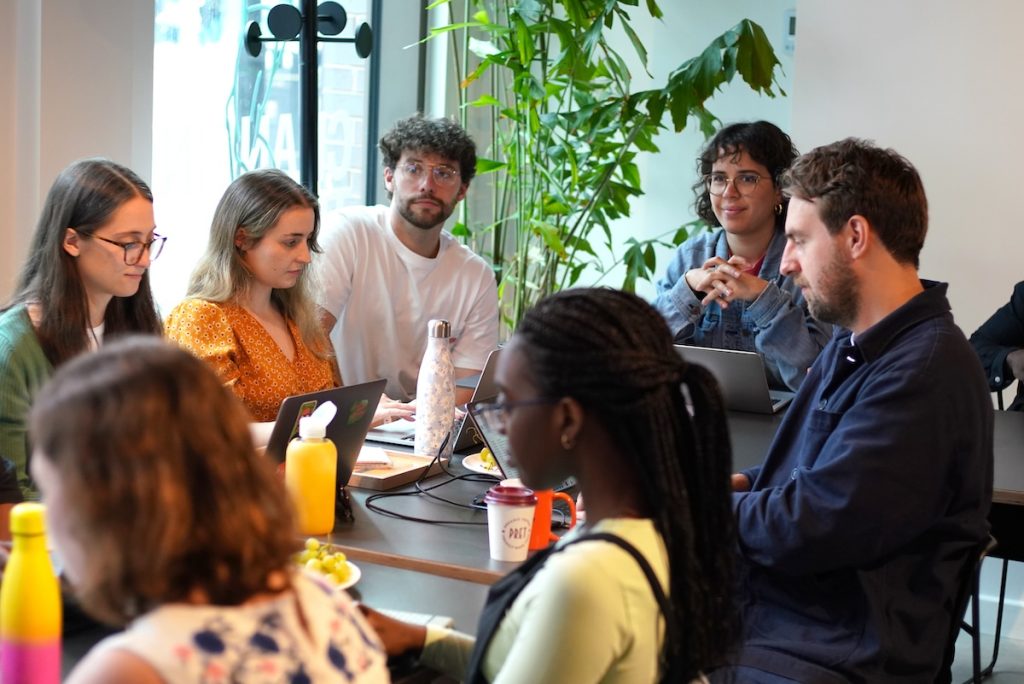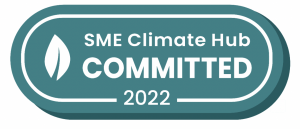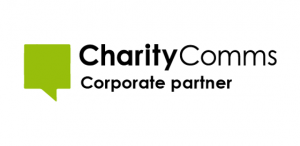AI is here to stay. It may not have yet flipped the industry on its head, but the broad applicability of AI programs currently on offer, paired with a rapid pace of change, leads us to believe that it’s not going anywhere.
What will become increasingly important with adoption is how we go about navigating this new frontier, and what values we want to hold as we reflect internally on our relationship with AI.
As a company working directly with non-profits and purpose-led organisations, it’s paramount that we continue to adhere to what we stand for.
We’re publishing this AI Manifesto to show what Empower believes in, how we ensure our use of AI is aligned with our core values, and how we will and won’t be using AI on your behalf.
In this article:
How our values shape our use of AI
Generative AI is artificial intelligence capable of generating text, images, or other media, using generative models.
At Empower, we’ll diligently seek out Generative AI tools we feel are aligned with our values:
- People-centred: We are kind, compassionate, inclusive and human.
- Driven: We are ambitious experts that take initiative.
- Ethical: We are trustworthy, transparent and fair.
We acknowledge that in the current landscape, navigating emerging issues such as copyright, data security, worker exploitation and output bias is a difficult task.
Many generative AI applications don’t explicitly reveal information relating to datasets, and even for those that do, sources of pre-training data often remain undisclosed.
We’ll continue to consider these issues as we seek out the tools we feel most comfortable using – ideally ones that don’t knowingly infringe copyright, replicate bias, or use low-paid labour to train their models.
We’ll approach any use of AI applications with a lens to the real impacts on people, aiming to protect the unique skills, knowledge and thinking that is critical to who we are and the quality of the work we deliver.
We’ll update this manifesto on a regular basis, depending on the evolving changes in the AI landscape and based on our usage of AI tools within the team and with our clients. These standards aren’t set in stone and are subject to revision as the technology and regulation landscape evolves.

Empower’s AI Manifesto
First and foremost, whenever we begin to work with a new tool (whether ourselves or via a client), we start by investigating the following areas:
- What the impacts on humans will be, including thinking through unintended consequences
- How the data powering the AI tool is being collected
- From whom/where the data was originally collected
- How the tool was built and tested (including testing for bias)
- What the AI component actually is and what it does
- Investigating the quality of output of the AI tool
- Investigating the usability of the AI tool
- What governance system will this tool fit into or need
- Data privacy provisions
These are by no means exhaustive, and in many cases we may only be able to answer a handful of questions relating to the who and the how.
It’s unlikely to be a perfectly clear picture, but what’s important is that we make a conscientious effort to understand the application, and bring this understanding to conversations with our own team and with our clients.
However we decide to use AI, we will always be transparent, honest and forthcoming with clients, our team and the wider public.
Fundamentally, we believe in work that is human-first – our creative, strategic and analytical minds are at their best when they are leading the charge and truly owning the work.
AI’s role may be to support, enhance, expedite and troubleshoot, but will not take precedence over our own very real (and very competent!) brains.
AI usage by application: language, images and videos
When using generative AI at Empower, we’re making the following promises, broken down by application use.
1. Large Language Models
- We will never use LLMs to automate copywriting or correspondence with clients.
- We may use LLMs to condense, review and optimise information that has first been created by a human. This could be analysing datasets for new patterns we might have missed, optimising report summaries or helping us find new ways to improve our strategic approach.
- For example, we may use LLMs to help us refine scripts we have written for video production or for other copywriting pieces, but will always produce the first draft.
2. Generative image models
- We ideally would never knowingly use image generation models that have breached intellectual property or copyright. In practice, due diligence on this is currently impossible in most cases, so if you’re interested in using them in your workstream, we’ll endeavour to support you through the process with open, honest conversations, considering the impacts and outcomes on work, people and audiences.
- Any use of generative image models, in any context, will always have the oversight of a designer.
- We would only ever use generative AI image models at the earliest ideation stages of a design process, but never as a final output.
- As we work with non-profits, we are particularly sensitive to the power imbalance in the use of images of ‘beneficiaries’, from whom consent must always be sought, but without consent to adapt their image using AI there is a risk of breaches of trust and dignity.
3. Generative video models
- Generative video may become one of the most significant leaps from a creative standpoint, but this consequently means it may have the greatest impact on human work.
- We are reviewing this landscape carefully and exploring different applications and their functionality, with a keen eye to understanding the potential implications on our work and people.
- We don’t currently intend to use generative video models in our own work, whether editing or generating content, but believe it’s important for our video specialists to be across new developments in the space.
- We will always seek to consult with our editors and designers as we continue to explore these tools and offerings.
When a client is using an AI tool and requests for us to work with it, we’ll apply the same thought and screening as we would for any tool we’d use ourselves.
If you’re interested in using an AI application in your workstream, we’ll endeavour to support you through the process with open, honest conversations, considering the impacts and outcomes on work, people and audiences.
However, we will also follow these core principles that we believe allow for careful, considered adoption while protecting the skills and people that make us who we are as an agency:
- Use of generative AI tools of any kind will still require the oversight and direction of one of our specialists: be it copywriting, video editing and production, or graphic design.
- While many of these applications can save significant time and resources, we believe that the human touch is as important today as it ever was – for ideation, refinement, creative direction and quality control, as well as higher-level creative planning.
- We firmly believe in the value this adds to our work – and in turn for you, the client – while ensuring our specialist roles such as video editors and graphic designers are protected in this new field of content production.

We’re still working on our approach to AI.
We recognise it’s a fine line to walk. How can we remain values-aligned, ethical, and people-first while being competitive, forward thinking and responding to real client demands?
Nothing feels like a given in this field and each encounter with this technology will bring with it new challenges and implications.
Perhaps the best we can do when searching for answers is to look inwards to some of our own guiding principles around AI; to be trustworthy, transparent and fair.
We’re confident that if these are at the heart of the conversations we have with one another, colleagues and clients, we can find a way to navigate the AI space together.
Contact us with your honest ideas and concerns and we’ll work with you to navigate the ethical usage of AI.
Further Reading
Related reading from Empower’s AI Comms Lab:
- Opening the door to AI: How our values guide our approach: As a values-led digital comms agency, we believe that AI can be used to augment and support the work of our human team members.
- “Do I have AI Anxiety?” Here’s what 200+ creatives told us: We surveyed creatives on their use of generative AI. The results were enlightening. It’s clear that AI is becoming an everyday device in our creative toolkits.
- AI and the future of work: Insights and Inspiration from GASP! Ireland: Generative AI and the future of work for the creative industries.




